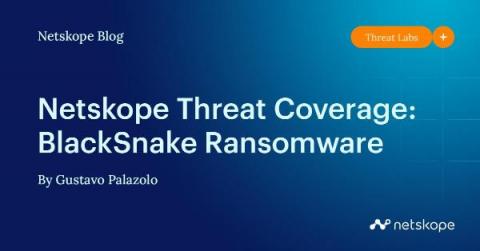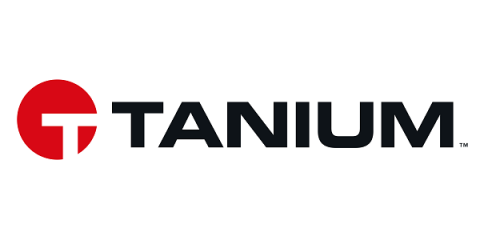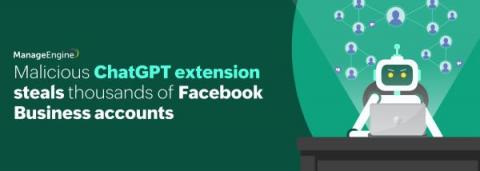QakBot eCrime Campaign Leverages Microsoft OneNote Attachments
In November 20211 and February 2022,2 Microsoft announced that by default it would block Excel 4 and VBA macros in files that were downloaded from the internet. Following these changes, CrowdStrike Intelligence and the CrowdStrike Falcon® Complete managed detection and response team observed eCrime adversaries that had previously relied on macro execution for malware delivery adapt their tactics, techniques and procedures (TTPs).











